
Nematzadeh Says Domestic Eco-Friendly Cars Coming

The hitherto unnamed model is expected to be in the market in the near future, the Minister of Industries Mohammad Reza Nematzadeh said, IRNA reported. He did not give any date.
Nematzadeh made the comments at the National Clean Air Day conference on Tuesday. National Clean Air Day is held annually on January 18 in Iran.
The new car, according to the minister, has three cylinders, a 160-horsepower engine and uses 5 liters of gasoline per every 100 kilometers.
The minister did not elaborate nor did he name the foreign firms collaborating or intending to partner in the rare project.
Iran’s industries must strive to produce goods of acceptable quality and make extra efforts to ensure customer satisfaction, the said. “Similarly, it is an obligation to safeguard and preserve the environment and uphold environmentally-friendly standards in auto production,” said the minister apparently castigating the poor quality of a million plus gas guzzlers produced by the local carmakers.
Environmentalists in no small number for over three decades singled out the local auto companies for the poor quality of their vehicles and insist that the worsening pollution in almost all big cities in Iran is due largely to the exhaust fumes and ageing technology of the car engines.
Touching on the issue of energy-efficiency and environmentally-friendly policies, Nematzadeh said that the Ministry of Industries has taken several measures in this regard since 2014.
“A health, safety and environment roadmap has been devised and communicated” he said, adding that a policy guideline for clean products has also been finalized.
There are 54 mandatory norms and standards that need to be observed by the auto manufacturers and this number will be increased to 80 before the fiscal year is out in March, he said without giving details.
“The ministry has upgraded cars from Euro 2 to Euro 4 emission standards and the grounds have been prepared to upgrade further to Euro 5.”
Euro 4 and Euro 5 standards concentrate on cleaning up emissions from diesel vehicles, especially reducing particulate matter and oxides of nitrogen.
Nematzadeh said a ceremony will be held on January 21 to mark the decommissioning of the 40,000th dilapidated taxi in the capital. A total of 60,000 ageing cabs are slated to be assigned to the junkyard by March.
The Industries Ministry is a supporter of manufacturing and gradually moving toward electric and hybrid vehicles, according to Nematzadeh.
SAIPA’s Push for Green
Meanwhile in another event in the capital, the CEO of SAIPA, Iran’s second largest auto manufacturer, said the company wants to produce electric vehicles in the near future.
Speaking to the press, Mehdi Jamali said, “SAIPA has started a long-term program for the production of electric vehicles,” Persian Khodro, a local automotive website reported.
He said has been receiving “updates from the company’s R&D department on the progress” of work related to the planned electric vehicles.
As is customary, the senior official did not give any details on how his company, whose performance is under a question mark, intends to set up the new assembly lines and produce cars that would be able to compete in price and quality with foreign brands.
“SAIPA will collaborate with its international partners for furthering the program,” Jamali said, without naming the potential foreign companies.


Gold price edges up as market awaits Fed minutes, Powell speech

Glencore trader who led ill-fated battery recycling push to exit

Emirates Global Aluminium unit to exit Guinea after mine seized
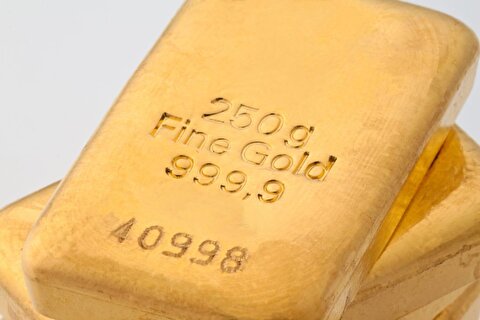
UBS lifts 2026 gold forecasts on US macro risks

Iron ore price dips on China blast furnace cuts, US trade restrictions

Roshel, Swebor partner to produce ballistic-grade steel in Canada

EverMetal launches US-based critical metals recycling platform
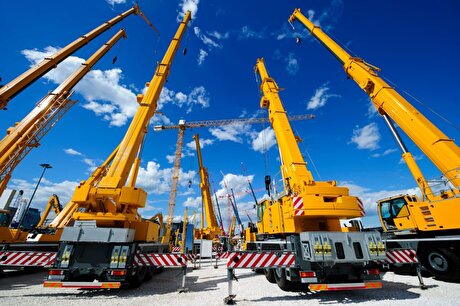
US hikes steel, aluminum tariffs on imported wind turbines, cranes, railcars
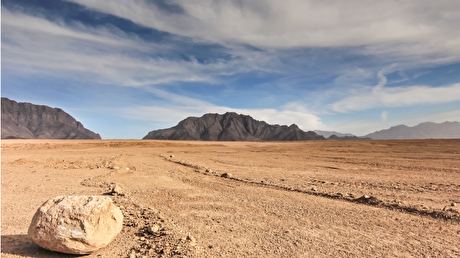
Afghanistan says China seeks its participation in Belt and Road Initiative

First Quantum drops plan to sell stakes in Zambia copper mines
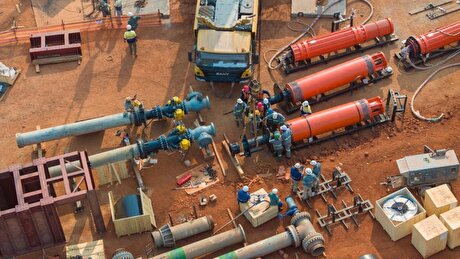
Ivanhoe advances Kamoa dewatering plan, plans forecasts
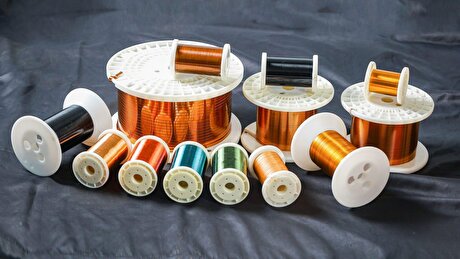
Texas factory gives Chinese copper firm an edge in tariff war
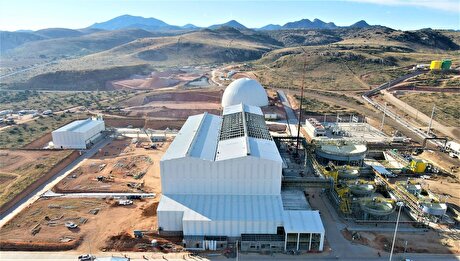
Pan American locks in $2.1B takeover of MAG Silver

Iron ore prices hit one-week high after fatal incident halts Rio Tinto’s Simandou project
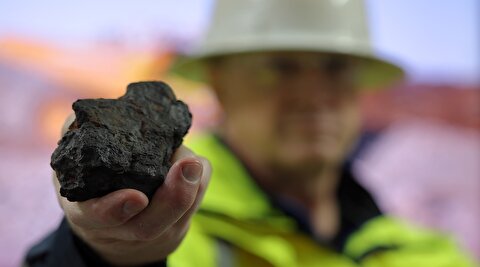
US adds copper, potash, silicon in critical minerals list shake-up

Barrick’s Reko Diq in line for $410M ADB backing

Gold price gains 1% as Powell gives dovish signal

Electra converts debt, launches $30M raise to jumpstart stalled cobalt refinery
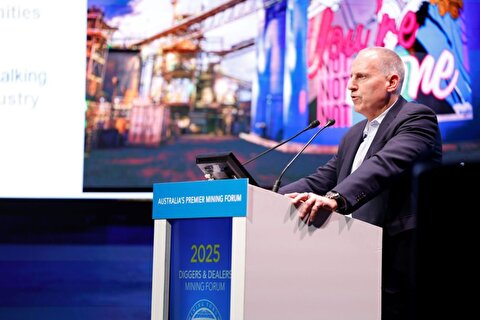
Gold boom drives rising costs for Aussie producers

First Quantum drops plan to sell stakes in Zambia copper mines

Ivanhoe advances Kamoa dewatering plan, plans forecasts

Texas factory gives Chinese copper firm an edge in tariff war

Pan American locks in $2.1B takeover of MAG Silver

Iron ore prices hit one-week high after fatal incident halts Rio Tinto’s Simandou project

US adds copper, potash, silicon in critical minerals list shake-up

Barrick’s Reko Diq in line for $410M ADB backing

Gold price gains 1% as Powell gives dovish signal

Electra converts debt, launches $30M raise to jumpstart stalled cobalt refinery
















